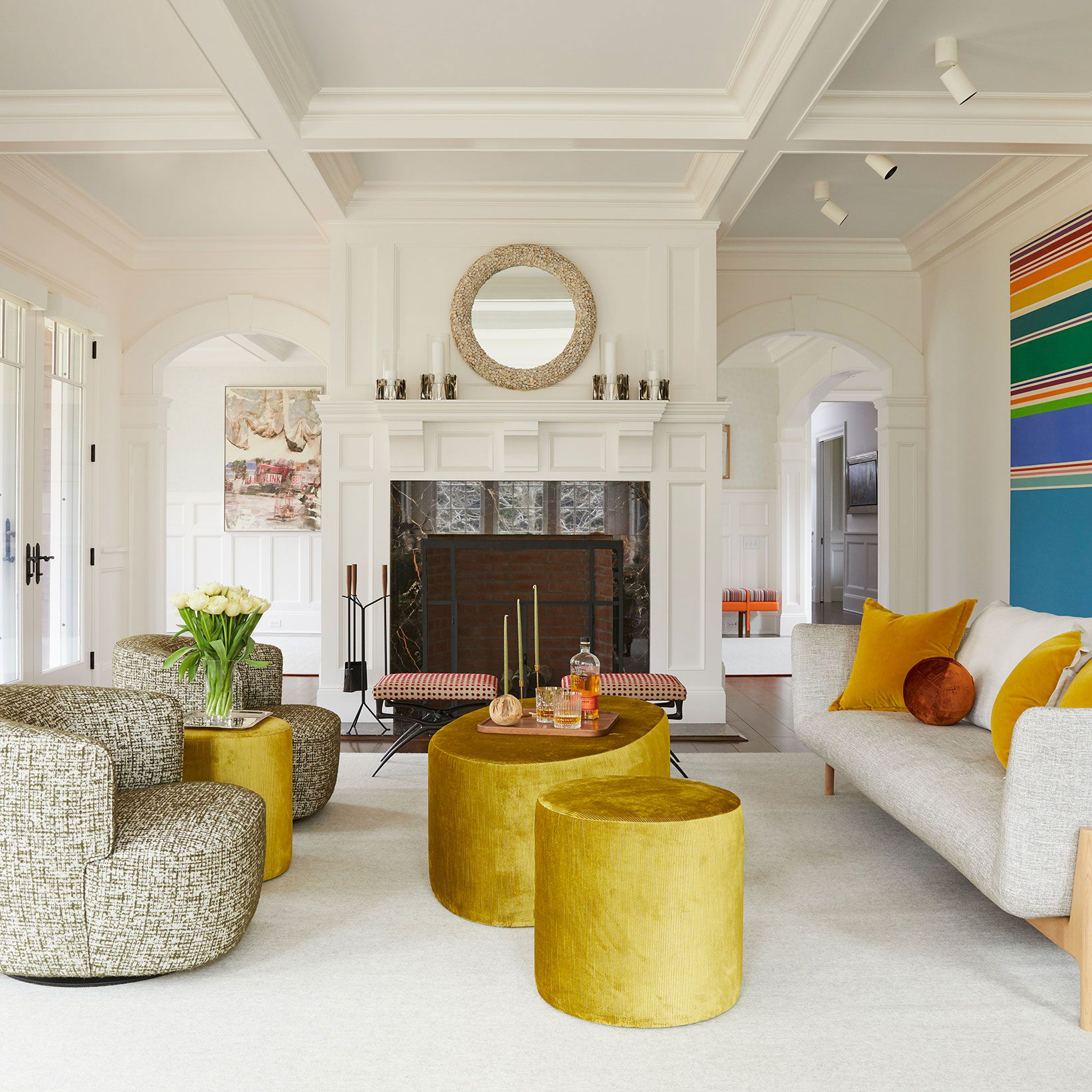Introduction
Light bubble lamps are a unique and modern way of illuminating a space. These lamps create a mesmerizing effect by combining light and bubbles, resulting in an elegant and eye-catching display. This article will explore the world of light bubble lamps, discussing their history, design, and the benefits they provide.
History of Light Bubble Lamps
The concept of using bubbles in lamps dates back to the 1960s, when a Danish designer named Poul Henningsen developed a lamp called “PH-lampe,” which featured a shade made of white glass spheres. These glass spheres not only diffused the light but also created a sparkling effect. Since then, many designers have experimented with incorporating bubbles into lighting to create unique and visually striking designs.
Design of Light Bubble Lamps
Light bubble lamps come in various shapes, sizes, and colors, making them a versatile choice for any space. Most light bubble lamps consist of an acrylic tube filled with water and air, which houses LED lights. The bubbles create a stunning visual effect as they rise to the top of the tube, causing the LED lights to refract and reflect beautifully. Some light bubble lamps also feature a remote control, allowing users to adjust the brightness and color of the light.
Benefits of Light Bubble Lamps
Light bubble lamps bring numerous benefits to a space, including:
- Creating a calming and relaxed ambiance
- Enhancing visual appeal
- Improving mental well-being by reducing stress and anxiety
- Providing a unique and modern lighting option
- Energy-efficient compared to traditional lamps
















